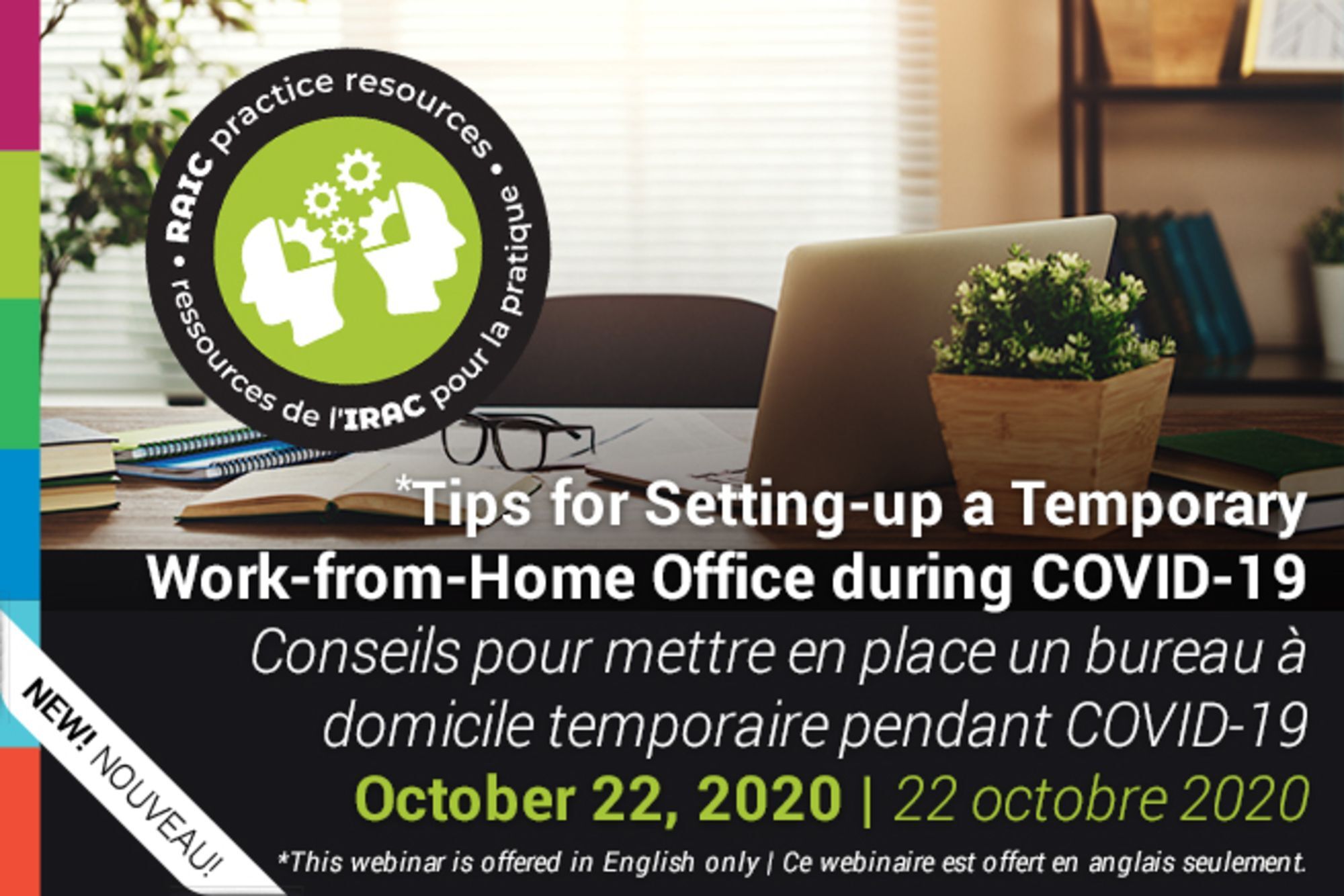SKU: PR2220
This webinar focuses on supporting architectural practices that have had to urgently work-from-home during the COVID-19 pandemic, and will introduce the most ready-to-use tools that can complement an architectural practice to improve the connectivity, communication, design and production while being isolated from the work environment.
Tips for Setting-up a Temporary Work-from-Home Office during COVID-19
Topics: COVID-19
Length: 1 hour l What's included: video, quiz, certificate of completion
This webinar is available to stream!

With the recent COVID-19 pandemic, many of us have had to transition to a temporary work-form-home setup. For architects, this meant moving the architectural studio and meeting rooms back home. Whether it is only for a few months to transition the COVID pandemic or a permanent hybrid between the physical office and the work-from-home office, the shift to a decentralized work environment seems to be inevitable.
With drawings and models moved to digital formats, architectural practices and offices as we know them may become one day obsolete. There are documented cases of architecture firms that are operating completely remotely as described in Sean Joyner’s article Running a Virtual Architecture Practice with Jennifer Kretschmer. In addition, according to a 2012 report by the American Institutes of Architects, a quarter of architects work as sole practitioners. This means that these architects are working primarily alone where work is not tied to a physical office, and likely working remotely from home. The transition to a virtual environment is particularly relevant for sole practitioners as the need for a physical office can be reduced to a bare minimum to function as a design studio. With recent COVID-19’s work-from-home protocols, a new normal is foreseeable in which a significant percentage of architects at larger offices to shift to remote work as well.
Today, with the architects’ tasks transitioning to remote work, from drafting to modeling to communication, what is still left to be performed in a physical office and are architects still tied to a specific place of work? What are the potentials that lie in the transition towards a virtual design office?
This webinar focuses on supporting architectural practices that have had to urgently work-from-home during the COVID-19 pandemic; yet intend to return to a physical or semi-physical work environment post-COVID. This talk will introduce the most ready-to-use tools that can complement an architectural practice to improve the connectivity, communication, design and production while being isolated from the work environment. Tools that will be introduced include: ZOOM, Padlet, Trello, Conceptboard, Slack, and others.
LEARNING OUTCOMES:
At the completion of this webinar, participants will be able to:
- Describe ready-to-use tools that could boost the efficiency of an architectural practice for employees working-from-home.
- Plan an effective temporary work-from-home strategy.
- Optimize the functions of each of the tools introduced with a focus on the needs of the architectural practice.
- Explore new concepts for virtual workplaces and design studios in a post-COVID-19 world.
Subject Matter Expert

Dr. Henry Tsang. OAQ, MRAIC, LEED GA, WELL AP
Pricing:
Member: FREE / Non-Member: $25
Continuing Education Webinar Disclaimer
LMS Instructions
$25.00
List price: $25.00
Member Price:
$0.00



